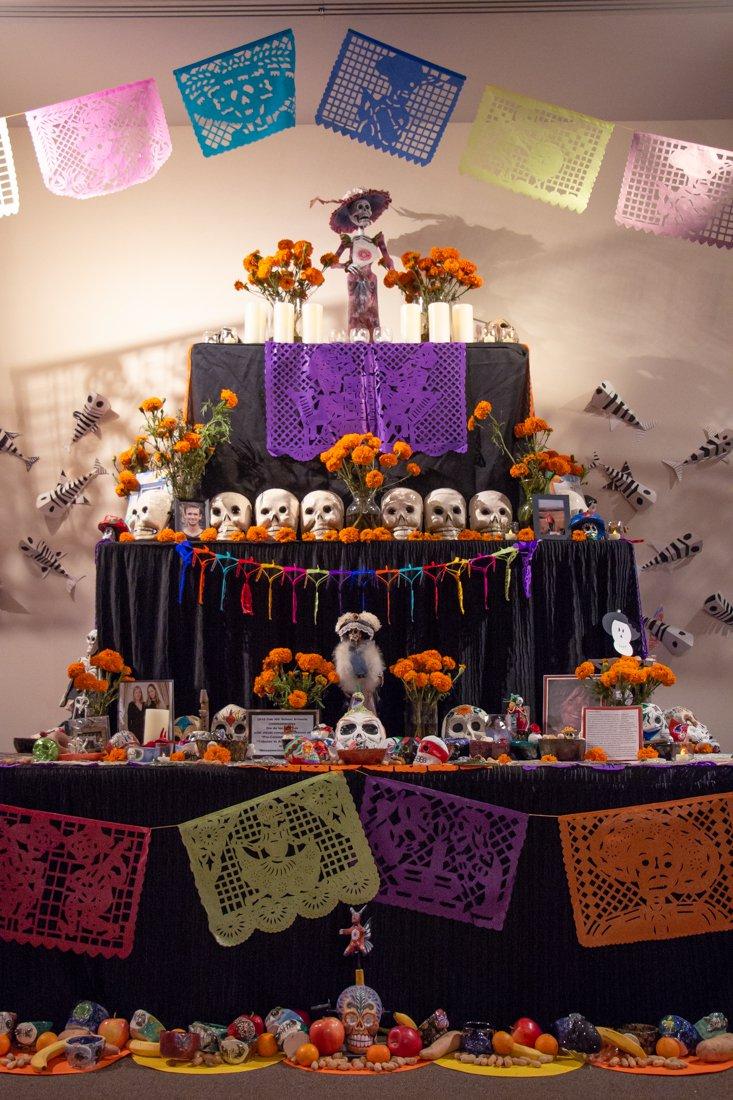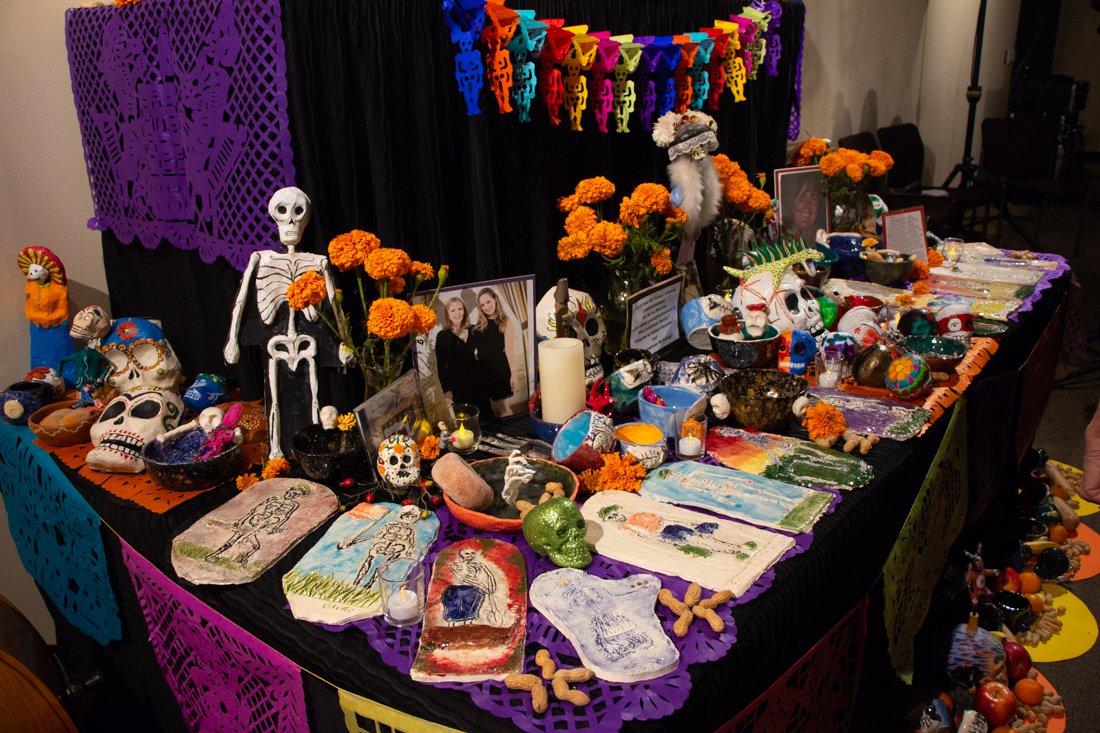According to a recent study, roughly one out of every 18 bicycles registered by students on campus was reported stolen in 2000.
Amos Morey thinks the University is “obviously not” a safe place to bring a bicycle.
Early fall term he said his bike was stolen while locked onto a bike rack underneath Bean Complex. Morey, a University freshman, brought a bike from home that he said “wasn’t all that nice,” as the Department of Public Safety and University Housing advised him, and he said he locked it using a cord made of Kevlar, the same material used in bullet-proof vests.
“I figured there’d be so many other, nicer bikes next to mine that I wouldn’t really have to worry about it,” he said. “It didn’t really matter, though. It turns out they might steal anything.”
Morey registered his bicycle with DPS, as the department requires for any bike on campus. He isn’t exactly holding his breath in anticipation of getting the bike back, however, as only about 5 percent of stolen bicycles are recovered, according to DPS.
“They said if they found it, they’d let me know,” Morey said. “I think it’s pretty much gone, though.”
Morey is one of 112 people on or near campus to report a bicycle theft to DPS since the beginning of the school year. This year the University is on about the same pace as the past two years, DPS Associate Director Tom Hicks said.
Sixteen percent of students use bicycles on campus, according to a study by the University Planning Commission, which means that in 2000, approximately one out of every eighteen bicycles was stolen.
Sandy Schoonover, director of residential life for University Housing, said her department discusses the number of bicycle thefts on a yearly basis. However, she also said that creating safer bicycle storage is not one of University Housing’s top priorities, and to her knowledge it’s “not an area that’s been seriously addressed.”
Former University student Colin Vurek thinks bicycle theft on campus should be addressed. She used to park her bike on campus “all the time” and said she thought it was safe to leave her bike until after dark. She never heard about the theft rate on campus.
Her own bicycle’s front wheel was stolen last spring while it was locked onto a pole in front of a well-lit apartment complex on the corner of 15th Avenue and Alder Street.
“The weirdest thing was that I dreamed my bike was going to get stolen the night before,” Vurek said. “My bike wasn’t really that great, and it was really the first time I thought that someone might want to take it.”
Vurek said that if people can steal a bicycle front wheel “in plain view of the front windows of those apartments,” they could “definitely steal a bike from a place like Bean.”
Hicks identified the bike rack on the north side of Bean Complex as high-risk area for theft. He didn’t have exact numbers for the number of bike thefts there, but he said that because it’s a dark, remote area adjacent to the edge of campus, “It seems fairly easy for someone to come through the fence between the campus and Williams Bakery and take a bike.”
Vurek voiced stronger opinion of the area.
“Hell, you could go in there and make yourself a new bike from all the other bikes before anyone knew you were there,” she said.
Hicks said the safest places to store bicycles are a 75-bicycle capacity fenced-in area next to the Onyx Building, a set of 24 outdoor bike lockers between Oregon Hall and Deschutes Hall, another 24 bike lockers by the Science Library and six bike lockers outside the Student Health Center.
A spot in the Onyx Building storage area costs $20 per year, and the lockers cost $30 per year.
“They fill up pretty fast, though,” Hicks said.
For the rest of the students, Schoonover said residence halls allow students to store bicycles in their rooms. She admitted, however, that “the rooms are small, and that could be difficult.”
E-mail reporter Marty Toohey
at [email protected].








